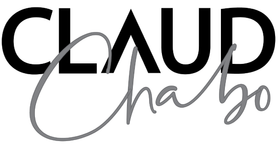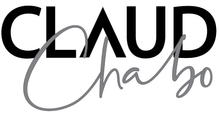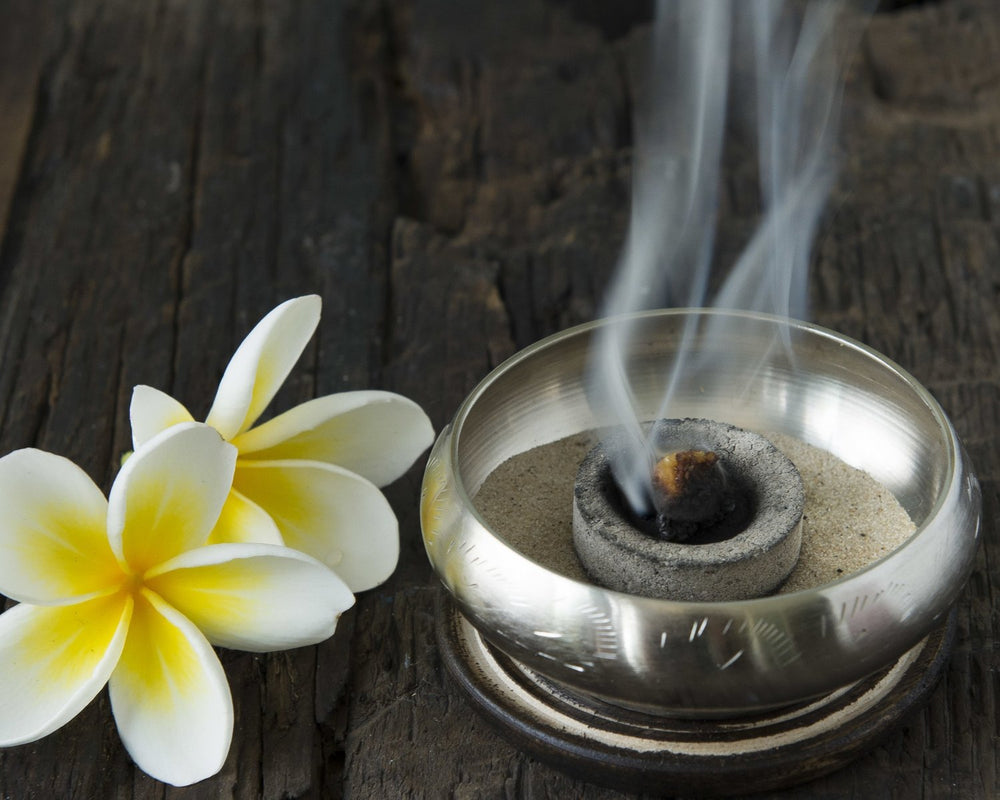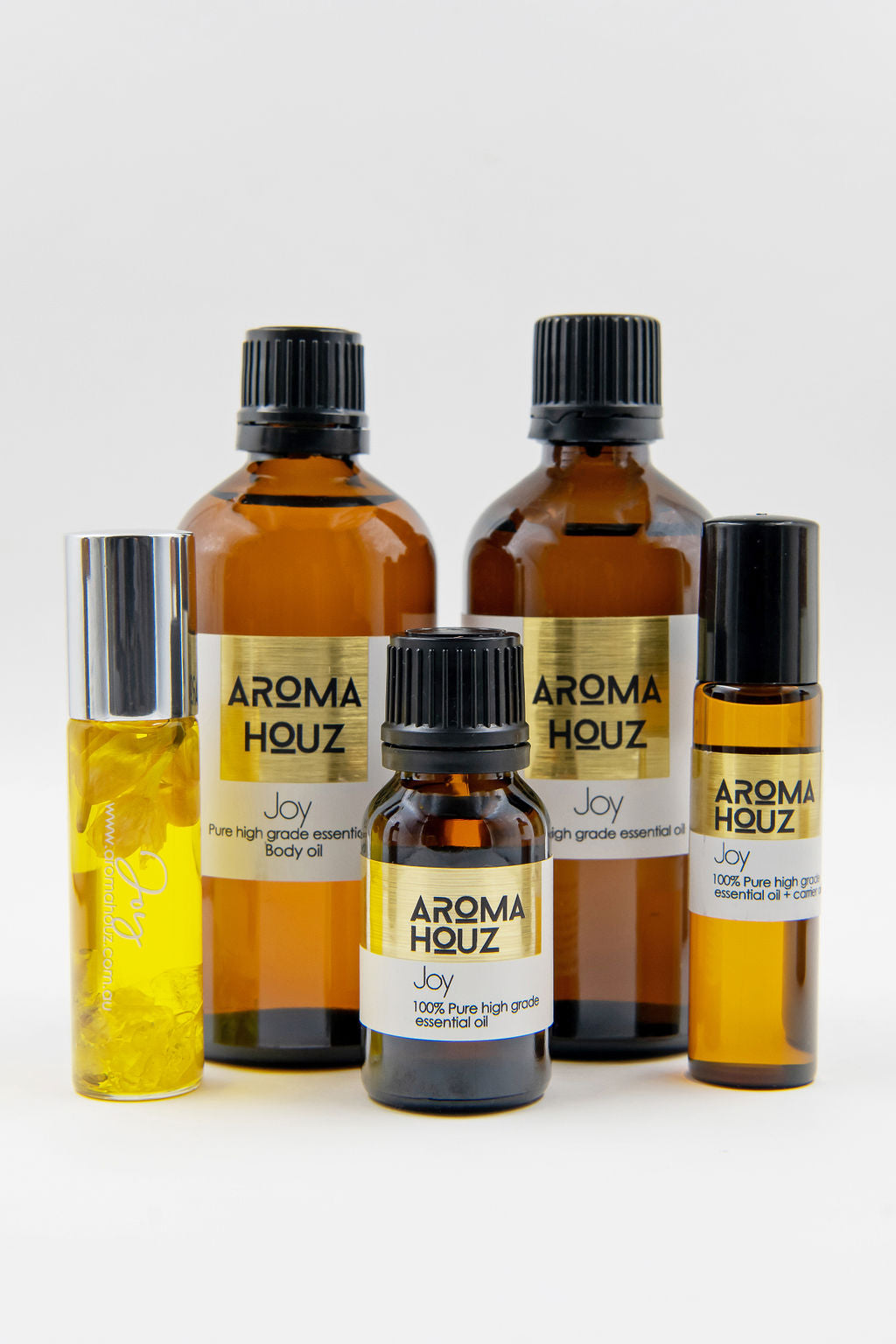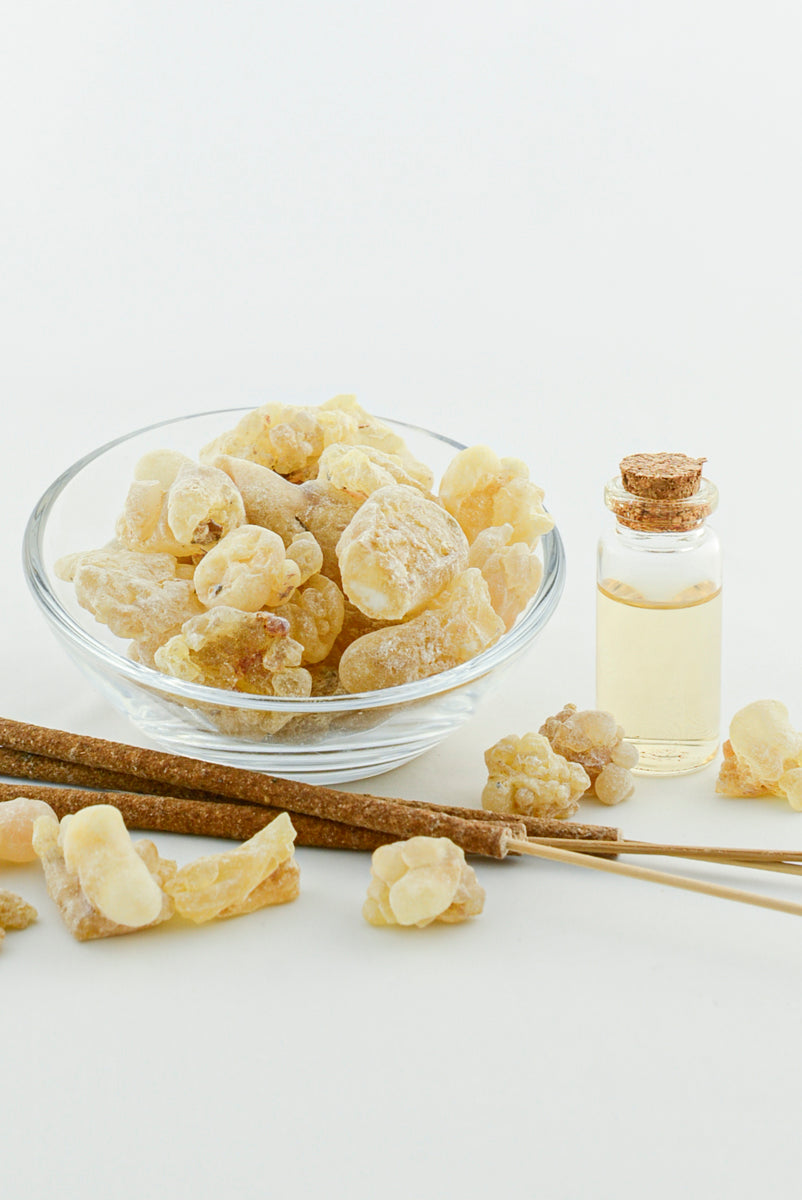Debunking The Lavender Myth

There has been a long-living myth towards lavender having estrogenic effects.
Does it? In short, no. There has been no evidence to support this claim.
Let’s talk about the myth created, that Lavender oil is linked to Gynecomastia - breast growth in males. It is disappointing that this widely-used and effective essential oil is now being overlooked by men, due to miss-reporting and poor analysis of three small studies carried out in the last 15 years.
The noble ancestry of Lavender oil is legendary, from its earliest references in ancient Egypt to its use in the lives of the Romans. In fact, it was so commonly used by Romans in their daily ablutions, that the Latin word ‘to wash’ - Lavare, (to ‘Lavender’ oneself) is used today with the same meaning in modern languages, specifically Italian, French and Spanish. The most wonderful qualities Lavender has to offer are as a natural antiseptic, soothing and healing agent. So not only does it look and smell delightful, it was put on the earth to assist us balance, calm and heal physical and emotionally.
Back to the studies I mentioned at the start; from early 2000’s three studies were conducted on a total of ten children (2007 three boys, 2016 three boys and 2019 four boys) who were experiencing breast growth - Gynecomastia. This extremely small sample group was used to form a correlation between Gynecomastia and something the boys were in contact with. The researchers claimed that Lavender oil, and its relative Tea-Tree oil, were the active ingredients of shampoos the boys used.
However, the claim that was made implicating Lavender oil into the findings, was that the boys who experienced Gynecomastia said that they used shampoos containing “essential Lavender oil” and or the shampoos smelled like Lavender and were purple in colour. Tests dispelling the results of this study were later done on the shampoos cited, using GC/MS (Gas Chromatography/Mass Spectrometry test) where little to no Linalyl or Linalyl Acetate was present. These are the main components of Lavender oil. So ‘NO’ Lavender oil, or at best, only traces of it in the product. The shampoos may have contained purple Violet Water (lavender oil is yellow) which is a synthesized chemical used to colour and perfume many toiletry products. While the aim of the researchers was admirable in wanting to find a reason for Gynecomastia, the incorrect conclusion drawn was to cast a shadow over Lavender (and Tea-tree) oil use by males for years. The sample group studied in each case was unfortunately extremely small which made it difficult to draw any helpful conclusions.
Fast-forward to 2021 when a conversely large group of 556 children were studied for the effects of regular exposure to Lavender and Tea-tree essential oils. Disorders of the Endocrine system, such as raised oestrogen levels and Gynecomastia were not identified in those children exposed to the oils or those in the control group. Essentially, the oils had no effect on the Endocrine system.
If you wish to read more deeply about this topic, you may click on the link below to view the article by Karen Williams for the Aromahead Institute.
Reference: https://www.aromahead.com/blog/debunking-a-long-standing-lavender-myth-acp?_hsmi=199586523&_hsenc=p2ANqtz-_jWHExfmkQ-ygm13h3Ur9Aq7WFa89zaYm4p2c5RIIYD-yYT5K5pPjVYT5IBHOxE2LvsiCxKSw10FwLF0RsSxapU9AyjA&utm_source=ahw-email
© 2022 Aroma Houz. All rights reserved.
*The statements above have not been evaluated by the FDA, and are for educational purposes only. This article is not intended to diagnose, treat, cure, or prevent any disease. This article should not be taken as medical advice. Please consult your physician before you use this information for health purposes.
